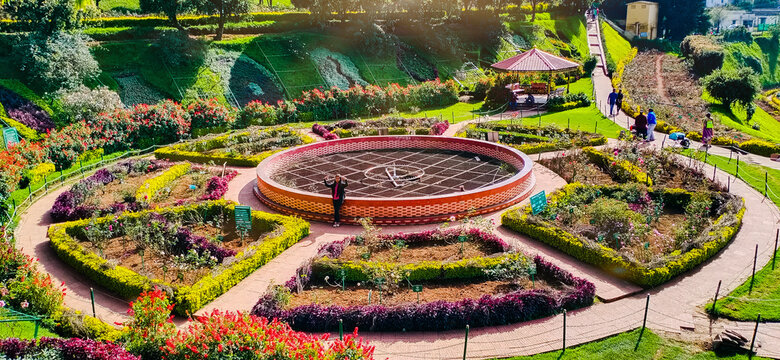Ooty
A complete tourist and cultural guide
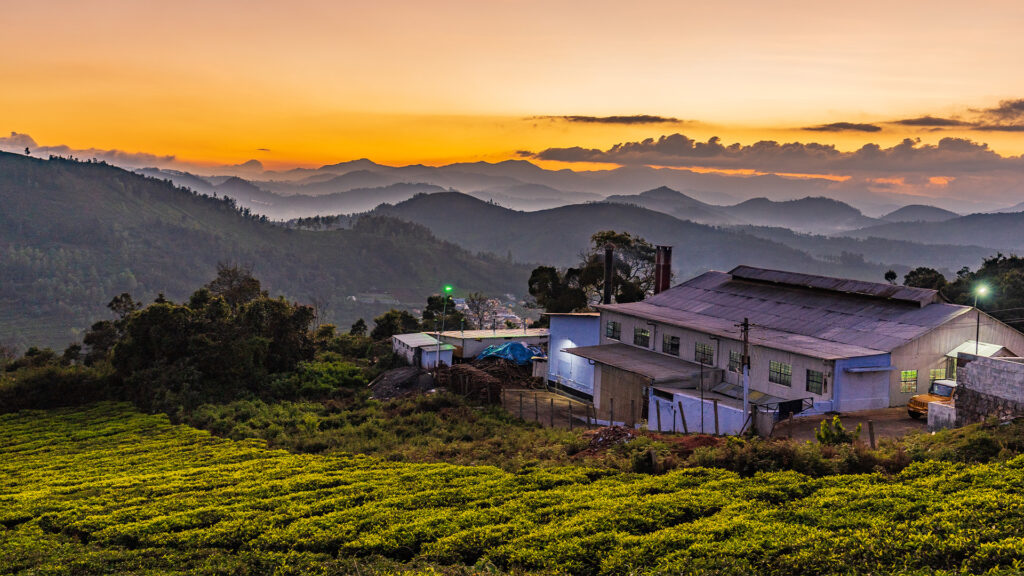
Ooty, also known as Udhagamandalam, is a charming hill station in Tamil Nadu, nestled in the Nilgiri Hills. Famous for its cool climate, scenic landscapes, and colonial-era charm, Ooty attracts nature lovers, honeymooners, and adventure seekers alike.
Wiki Link: Ooty Wikipedia Page
Must-Visit Attractions in Ooty

Botanical Gardens
Established in 1848, these gardens showcase exotic plants, a fossil tree trunk, and vibrant flower displays.
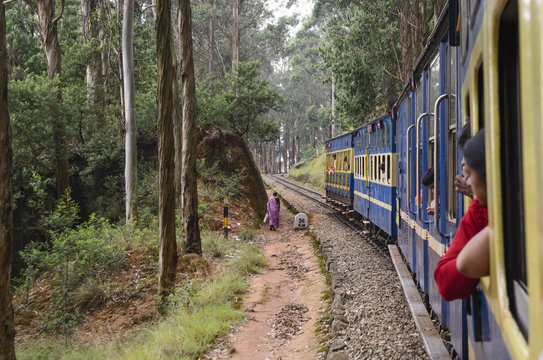
Nilgiri Mountain Railway
A UNESCO World Heritage Site, this charming steam train offers panoramic views of the hills and valleys.
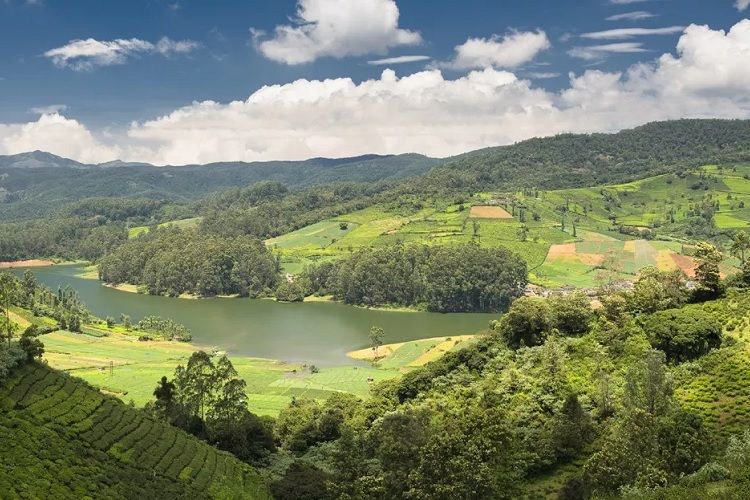
Doddabetta Peak
The highest peak in the Nilgiris, offering stunning sunrise and sunset views.
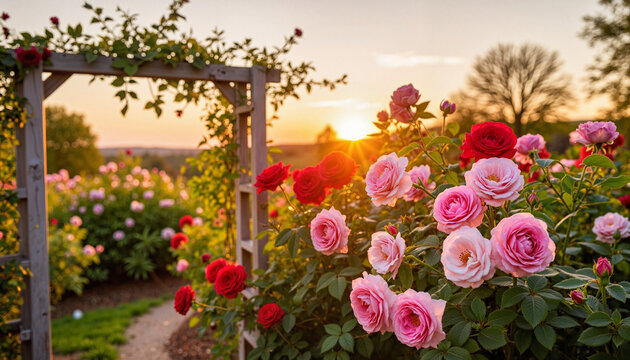
Rose Garden
Home to thousands of rose varieties, this garden is a colorful paradise for flower enthusiasts.
Major Attractions Nearby Ooty
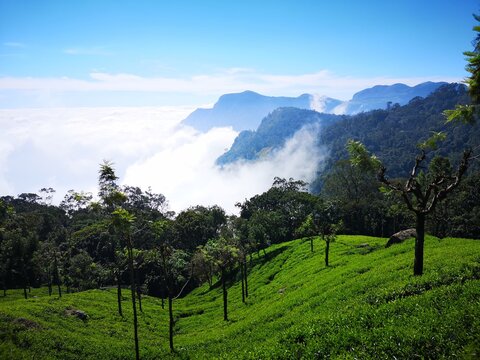
Coonoor
A quieter hill station known for Sim’s Park, Dolphin’s Nose, and Lamb’s Rock.
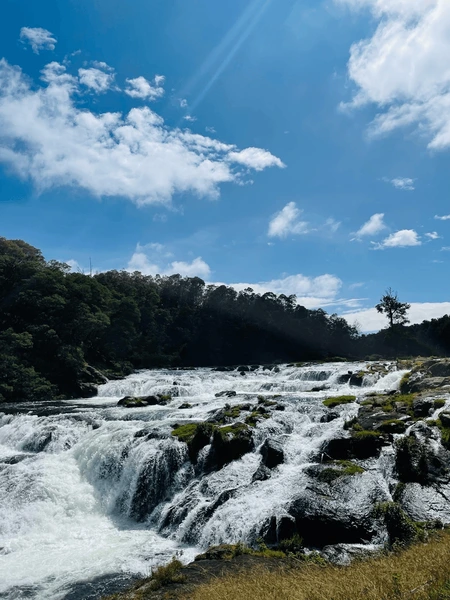
Pykara Lake & Waterfalls
A scenic lake with boating options and a stunning waterfall nearby.

Avalanche Lake
A pristine lake surrounded by lush forests, ideal for trekking and camping.
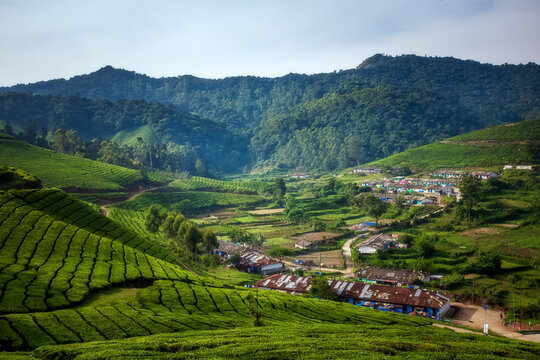
Kotagiri
One of the oldest hill stations in the Nilgiris, offering peaceful trails and tea estates.
Things to Do in Ooty
Experience the colonial charm, natural splendor, and soulful tranquility of the Nilgiris. From misty boat rides to heritage trails, Ooty offers a rejuvenating escape.
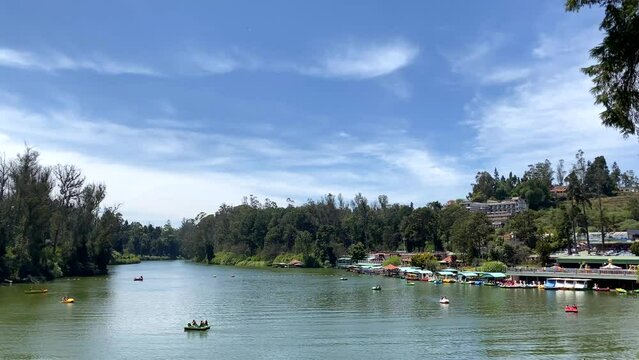
Boating in Ooty Lake
Enjoy paddleboats and rowboats amidst picturesque surroundings.
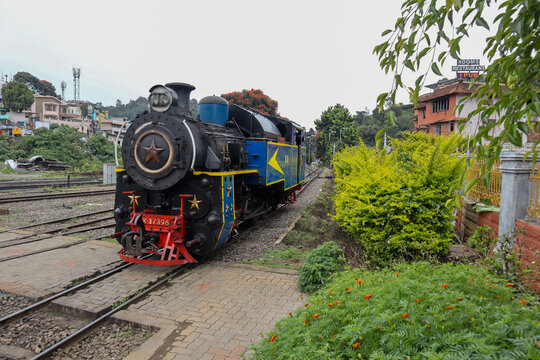
Toy Train Ride
Experience the slow, scenic journey through tunnels and misty hills.

Trekking & Nature Walks
Explore trails like Mukurthi Peak and Wenlock Downs.
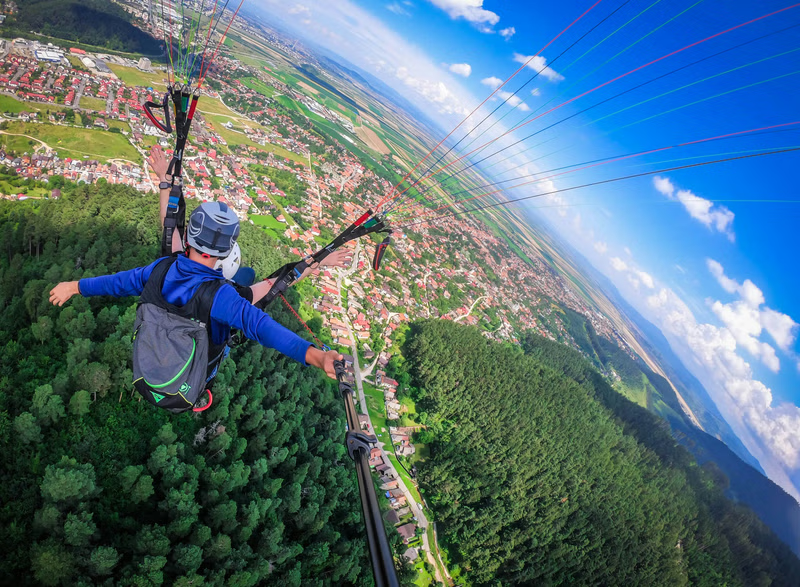
Camping & Adventure Sports
Try zip-lining, horse riding, and night camping in the wilderness.
The Performing Arts of Ooty
Ooty, nestled in the Nilgiris, is a cultural melting pot shaped by Tamil traditions, Badaga tribal heritage, and British colonial influences. Its artistic expressions reflect the harmony of nature, tribal folklore, and classical arts.
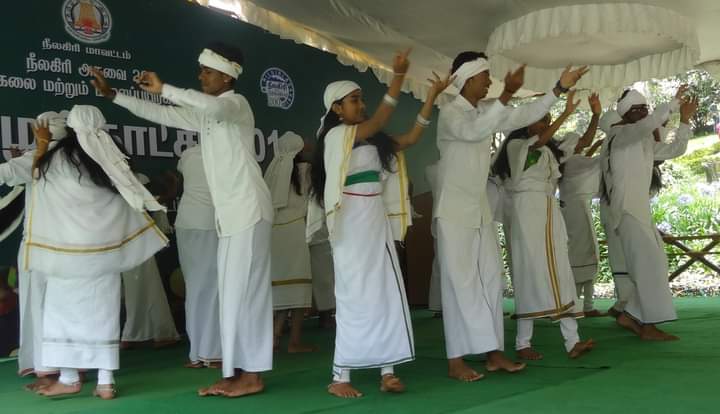
Badaga Folk Music
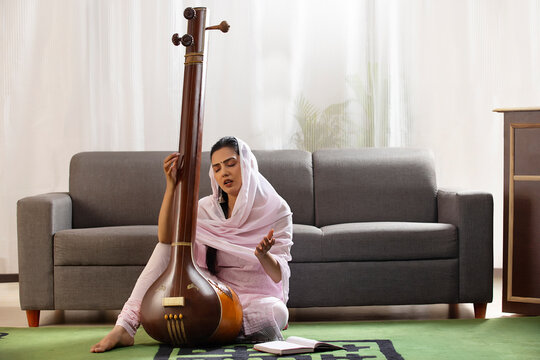
Carnatic Classical Music

Tribal & Devotional Music
Ooty’s musical heritage blends Tamil folk, Badaga tribal rhythms, and colonial-era influences. The Nilgiris resonate with soulful melodies—from Badaga harvest songs to Carnatic music performances during festivals. The region’s tea-plantation work songs and mountain-inspired ballads reflect its natural serenity, while Western classical strains linger in its colonial churches.
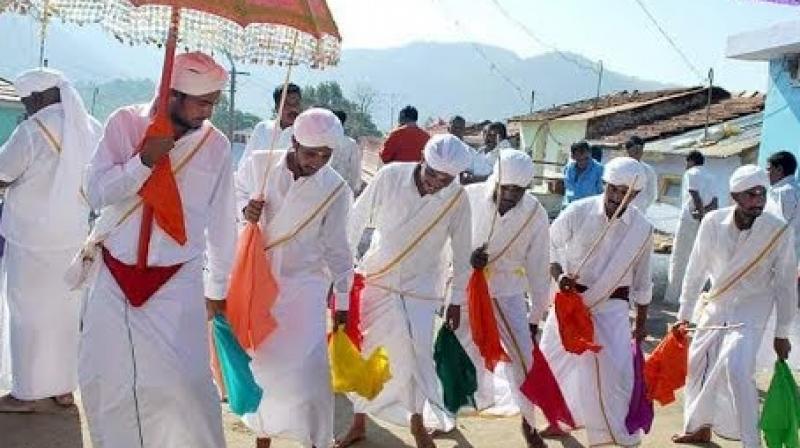
Badaga Folk Dance
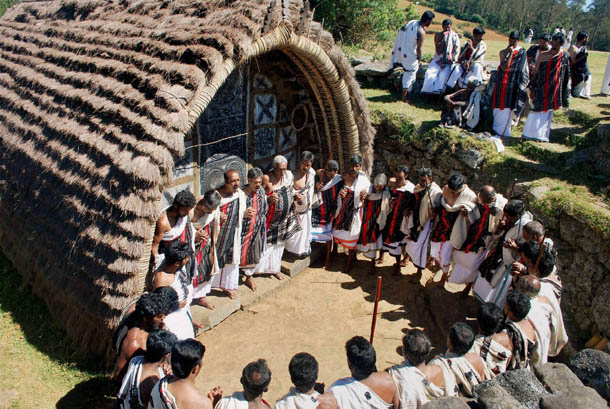
Classical Dances
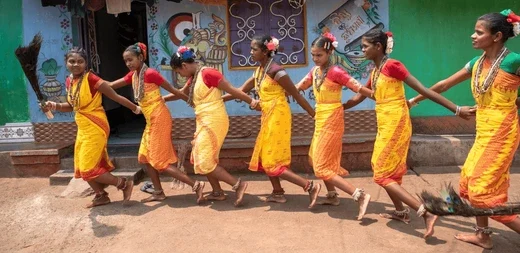
Tribal Dances
The hills come alive with Badaga folk dances, where rhythmic footwork and vibrant attire celebrate tribal traditions. Bharatanatyam and Kathakali performances grace cultural festivals, while Kolattam (stick dance) and Mayilattam (peacock dance) add a local flourish. The British-era influence lingers in graceful ballroom events at heritage hotels.
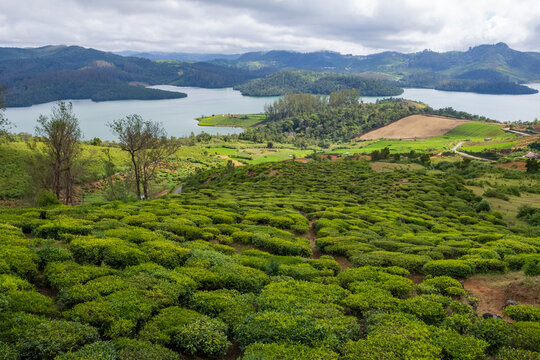
City Vibes – Colonial Charm & Natural Beauty
Ooty’s soul lingers in its crisp mountain air, emerald tea gardens, and old-world British charm. The town moves at its own unhurried pace—where mornings begin with the scent of fresh tea leaves, afternoons drift by with leisurely walks along tree-lined avenues, and evenings fade into golden sunsets over Doddabetta Peak. The colonial-era bungalows, heritage churches, and the rhythmic chug of the Nilgiri Mountain Railway evoke a bygone era. At Charring Cross, the heart of Ooty, the air is filled with the aroma of freshly baked cookies, spiced chai, and eucalyptus oil from street vendors. As dusk falls, the lakes shimmer under the twilight, and the mists roll in, wrapping the hills in a dreamy haze. Whether it’s the vibrant flower shows, the serene boat rides, or the rustic charm of tribal Badaga villages, Ooty remains a timeless escape—where nature and nostalgia blend seamlessly.
Heritage of Ooty
Ooty’s heritage is a captivating blend of British colonial grandeur and indigenous tribal culture. Established as a summer retreat for the Madras Presidency in the 19th century, the town still breathes its old-world charm through heritage bungalows, Anglican churches, and the iconic Nilgiri Mountain Railway—a UNESCO World Heritage Site. The Badaga tribes, original inhabitants of the Nilgiris, add a rich cultural layer with their folk music, traditional attire, and ancient farming practices. Meanwhile, the tea plantations, introduced by British planters, remain a living legacy of Ooty’s colonial past.The botanical gardens, laid out in 1848, and St. Stephen’s Church, built in 1829, stand as timeless reminders of Ooty’s regal heritage. Today, the town preserves its history while thriving as a hill station paradise, where colonial nostalgia meets natural splendor.

Cuisine of Ooty
Varanasi is a paradise for food lovers, offering a variety of traditional delights.
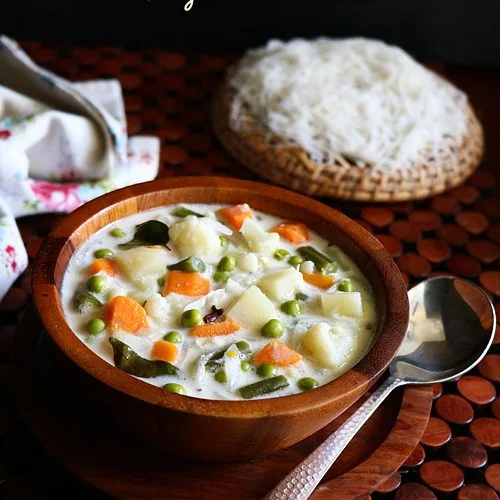
Ooty Vegetable Stew
A mild, coconut milk-based stew with fresh local vegetables, often paired with flaky appams.

Pandhi Curry
A milder version of Coorg’s fiery pork curry, slowly cooked with local spices and served with steaming rice.

Eucalyptus Honey Glazed Chicken
Tender chicken roasted with Ooty’s famed eucalyptus honey, offering a sweet-savory flavor.

Nilgiri Mushroom Masala
Fresh mountain mushrooms sautéed with onions, tomatoes, and aromatic spices.
Shopping in Ooty
Shopping in Ooty is a delightful experience, blending colonial charm with local craftsmanship. From aromatic teas to handcrafted chocolates, the hill station’s markets offer unique souvenirs that capture its natural beauty and heritage.
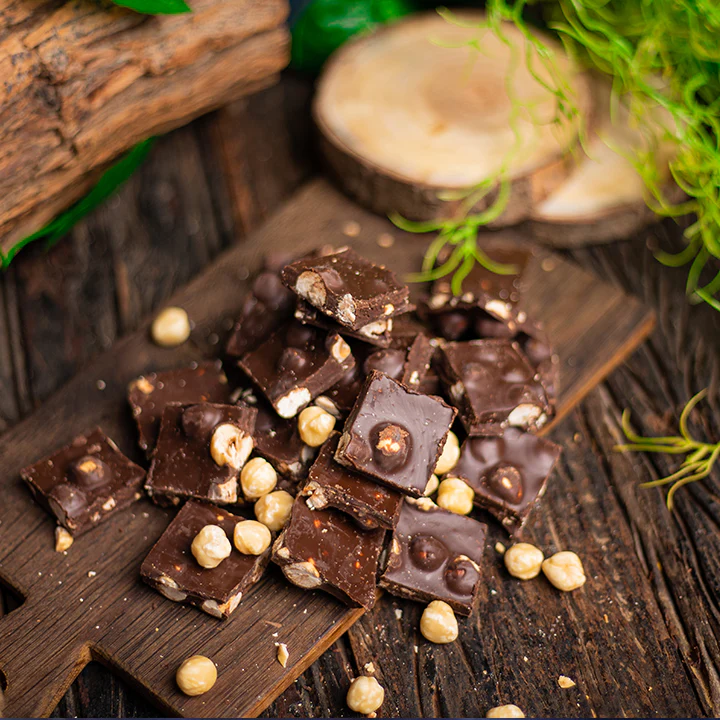
Ooty Chocolates
Creamy, handmade chocolates in flavors like dark, mint, and orange, available at local shops like Kingstar.

Woolens & Shawls
Hand-knitted sweaters, mufflers, and pashmina shawls for Ooty’s chilly weather.

Spices & Honey
Cardamom, cinnamon, and organic honey sourced from Nilgiri forests.

Handicrafts & Wooden Toys
Intricately carved wooden toys, decorative items, and handmade jewelry.
Tourist's Handbook
The best time to visit Ooty is from October to June, when the weather is cool and pleasant, making it ideal for sightseeing, outdoor activities, and exploring tea gardens. March to June (15°C–25°C) – Perfect for summer escapes, with blooming flowers and lush greenery. The Ooty Summer Festival (May) adds vibrant cultural charm.October to February (5°C–20°C) – Misty mornings and chilly evenings create a cozy atmosphere, great for bonfires and scenic views. Avoid the monsoon season (July–September) as heavy rains can cause landslides and disrupt travel plans.
Stay Cautious on Hiking Trails – Some trekking paths can be steep and slippery, especially during monsoons. Wear proper shoes and avoid risky shortcuts.
Beware of Overcharging – Taxis and shops near tourist spots may quote higher prices. Always confirm fares and rates beforehand.
Avoid Isolated Areas at Night – Stick to well-lit streets and popular areas after dark, especially if traveling alone.
Respect Wildlife & Nature – Do not feed animals in Mudumalai National Park or wander off marked trails to avoid encounters with wild animals.
Check Weather Conditions – Ooty can get foggy, affecting road visibility. Plan travel accordingly, especially on hilly routes.
Stay Hydrated but Avoid Tap Water – Drink only bottled or boiled water to prevent stomach issues.
Beware of Pickpockets in Crowded Markets – Keep valuables secure while shopping at Charring Cross or Main Bazaar.
Follow Toy Train Safety Rules – Do not lean out of the train or stand near doors while it’s moving.
Avoid Unauthorized Guides – Use registered tour operators for treks and sightseeing to avoid scams.
Carry Warm Clothing – Even in summer, evenings can be chilly. Pack layers to stay comfortable.
Navigating Ooty is best done through a mix of walking and local transport. Auto-rickshaws and taxis are widely available for short distances, while rental bikes and cars offer flexibility for exploring nearby attractions. The iconic Nilgiri Mountain Railway (Toy Train) provides a scenic route between Ooty and Coonoor. For sightseeing, shared jeeps and guided tours are convenient options, especially for hilly areas. Walking is ideal in the town center to soak in the colonial charm and visit local markets at a relaxed pace.
Overpriced Taxis & Autos – Always negotiate fares beforehand or use metered taxis to avoid inflated charges.
Fake Guides – Hire only government-approved or hotel-recommended guides for sightseeing.
Tea & Spice Shop Scams – Be cautious of shops selling low-quality tea/spices at high prices—buy from reputed stores like Higginbothams or Government Emporiums.
Toy Train Ticket Black Market – Book tickets only through IRCTC or official counters to avoid fake/scalped tickets.
"Special Entry Fee" Scams – Major attractions like Botanical Gardens and Ooty Lake have fixed ticket prices—ignore anyone charging extra.

